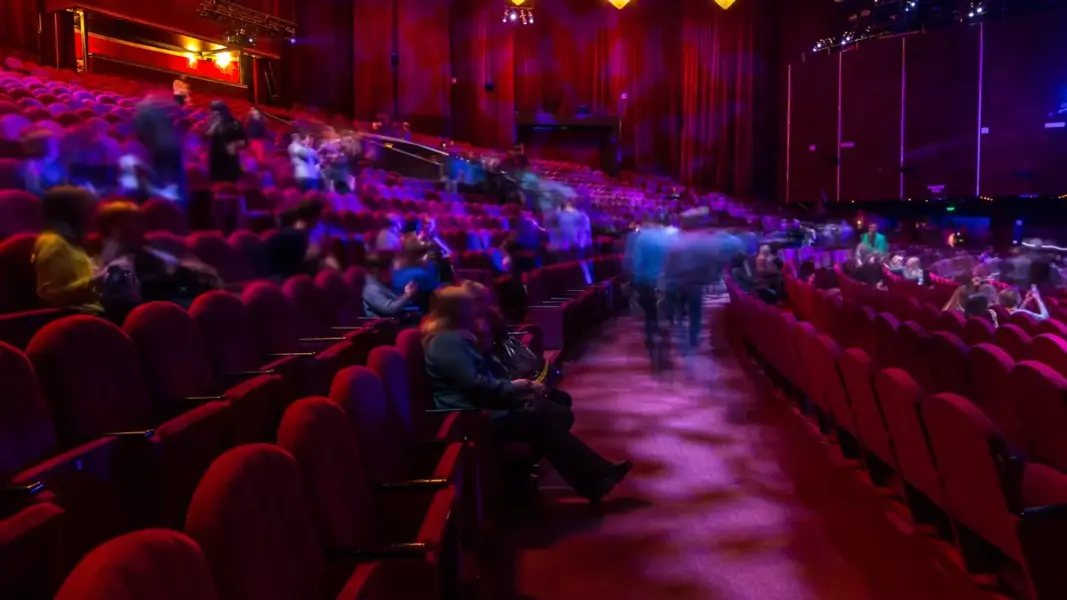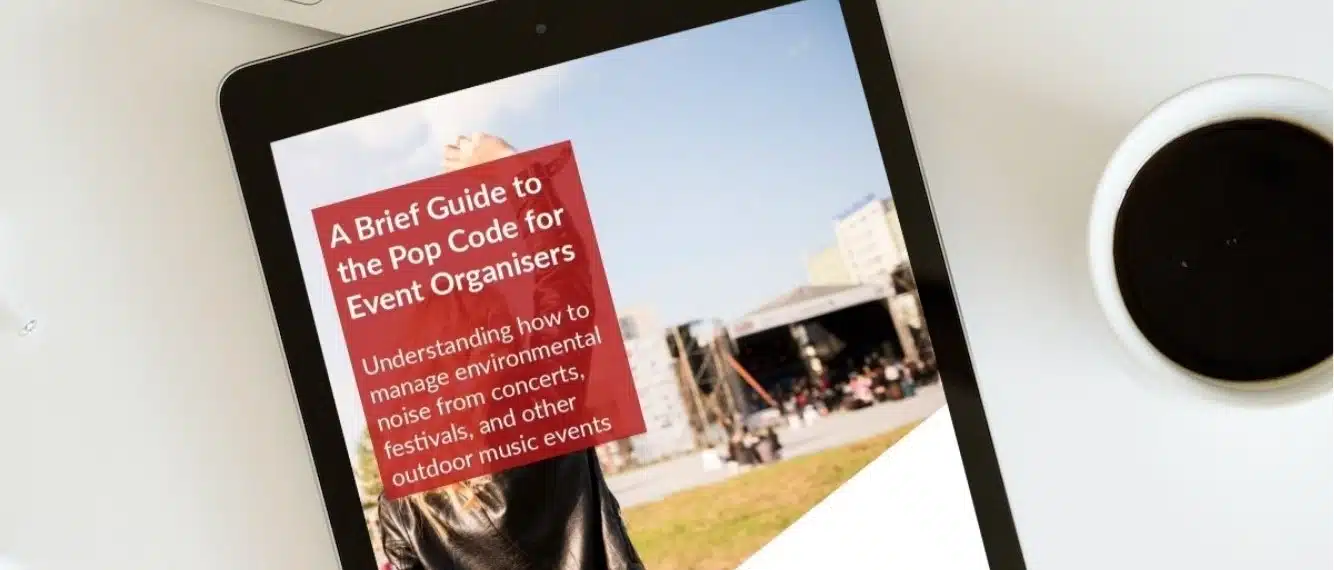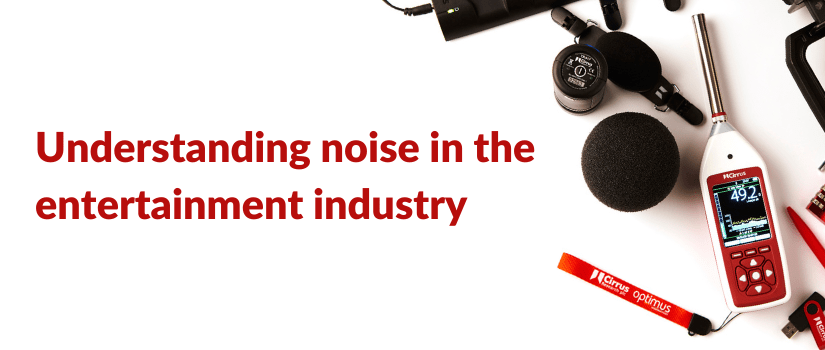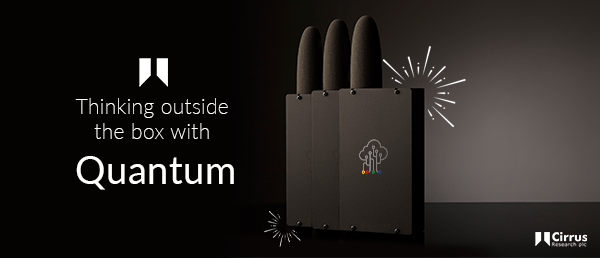Entertainment Noise Monitoring
Regulations for Entertainment Noise
The EU Control of Noise at Work Regulations applies to the entertainment and music sectors. The music and entertainment sectors are defined in the Noise Regulations as all workplaces where:
a) live music is played, or
b) recorded music is played in a restaurant, bar, public house, discotheque or nightclub, or alongside live music or a live dramatic or dance performance.
Everyone involved in music and entertainment has a responsibility to help with noise management. Primary responsibility for complying with the Noise Regulations rests with the employer (may include concert promoters, event organisers, theatrical producers, contractors and publicans).
Your responsibility for managing noise exposure, depending on whether you are an employer, an employee, freelancer or self-employed, may be to:
- Take reasonable care for your health and safety and that of others while at work;
- Use control measures in accordance with any instructions given to you;
- Make sure the legal limits on noise exposure are not exceeded.
WHO Global Standards
The World Health Organisation (WHO), as part of their Make Listening Safe initiative, developed the Global standard for safe listening venues and events which provides a common understanding of safe listening in entertainment venues and events. The Standard comprises six “features” which, when implemented, allow audience members around the world to enjoy amplified music with protection of their hearing, while also preserving the integrity of the artistic experience:
- Feature 1 Sound level limit: 2 below 100 dB LAeq, 15 min. An upper limit of 100 dB LAeq, 15 min is imposed, keeping sound safe and enjoyable for the audience.
- Feature 2 Sound level monitoring: Live monitoring of sound levels is performed by a designated staff member using calibrated equipment. Such as permanent sound monitoring systems including the Quantum Indoor.
- Feature 3 Venue acoustics and sound systems: Sound system and venue acoustics are optimized ensuring safe listening and improved sound quality.
- Feature 4 Personal hearing protection: Hearing protection, such as earplugs, with appropriate instructions, are available to audience members.
- Feature 5 Quiet zones: Designated quiet spaces are available, allowing audience members to rest their ears and thereby decrease the risk of hearing damage.
- Feature 6 Appropriate training and information: Both audience members and staff are made aware of practical steps they can take to ensure safe listening.
Environmental Noise Pollution
Outdoor events, particularly those held during the summer, often involve noisy activities including music, fireworks, fairgrounds, public announcements, and generators. Most events like this are occasional, but when events occur regularly at the same time, this entertainment noise can become annoying to local residents for this reason many local authorities set out maximum noise levels for events which organisers need to adhere to.
The Environmental Protection Act 1990 does not specify decibel levels at which a statutory nuisance will occur. Noise measurements may be taken to determine whether the entertainment noise, for example, is a statutory nuisance, but it is the subjective assessment of an authorised Environmental Health Officer that will decide whether formal action is needed.
The most current guidance document used in the UK for the control of music noise at events is the ‘Noise Council, code of practice on environmental noise control at concerts, 1995’ (referred to as the ‘Pop Code’). You can read more about how to measure and monitor this noise in our free eBook A Brief Guide to the Pop Code for Event Organisers.
Get in touch with us!
Use the form below to get in touch with our noise & vibration measurement experts
Quantum Indoor
Watch the Quantum Indoor product video to find out more about how our Quantum Cloud platform can help you
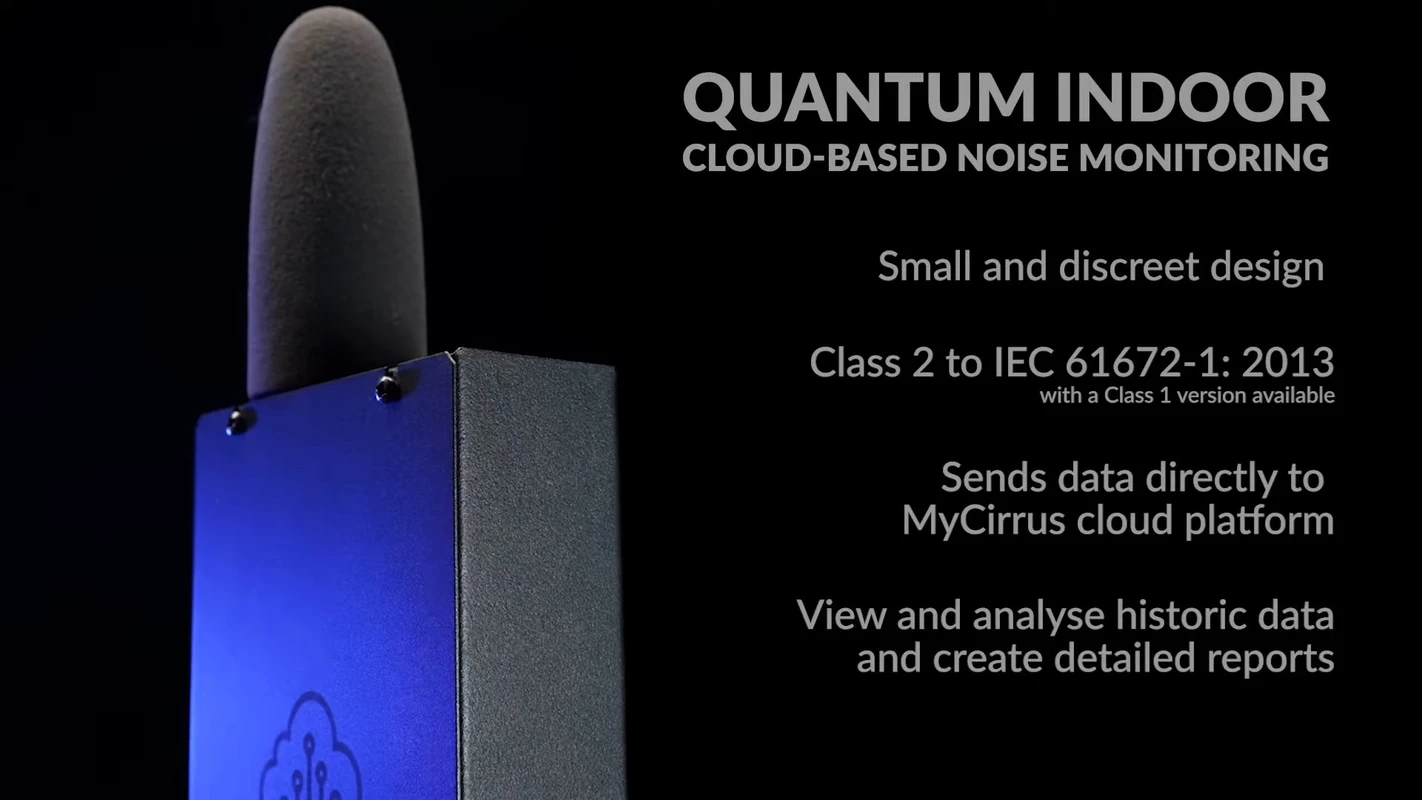
Entertainment Noise Monitoring
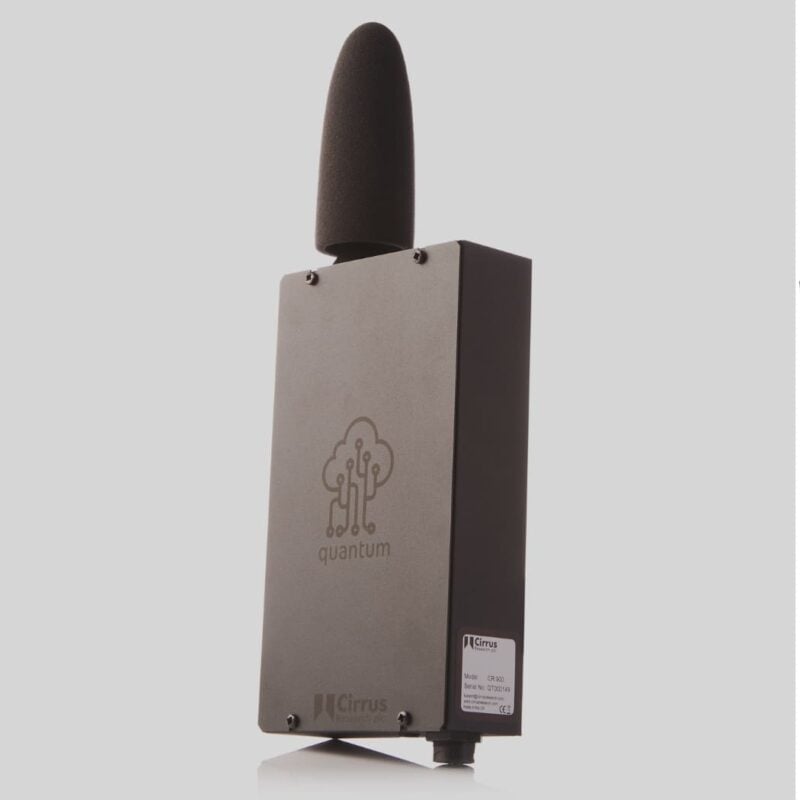
Quantum Indoor is a remote noise monitor with built-in cloud connectivity, ideally suited for long-term occupational indoor monitoring.
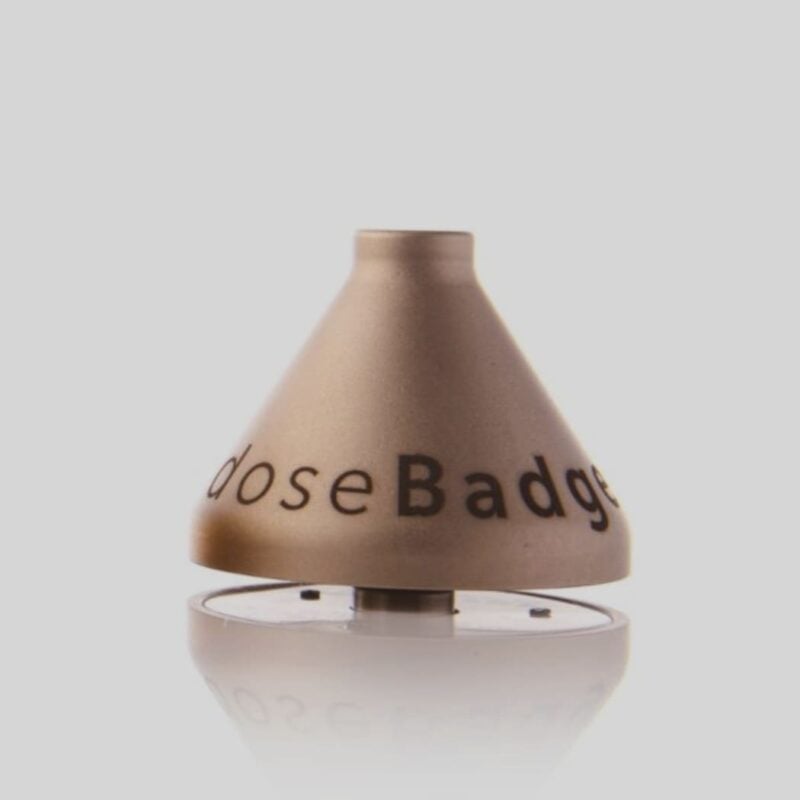
The doseBadge noise dosimeter is ideal for recording the noise levels experienced by an individual throughout the course of the day.
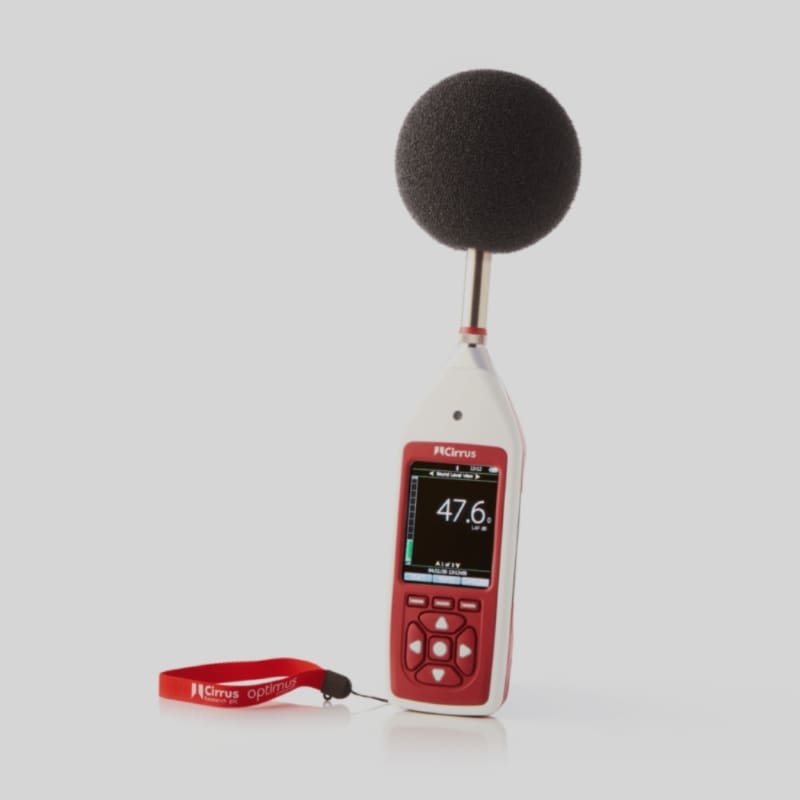
Available as a Class 1 or Class 2 instrument, the Optimus+ Industrial integrating sound level meter is ideal for occupational noise exposure assessments in the workplace.
